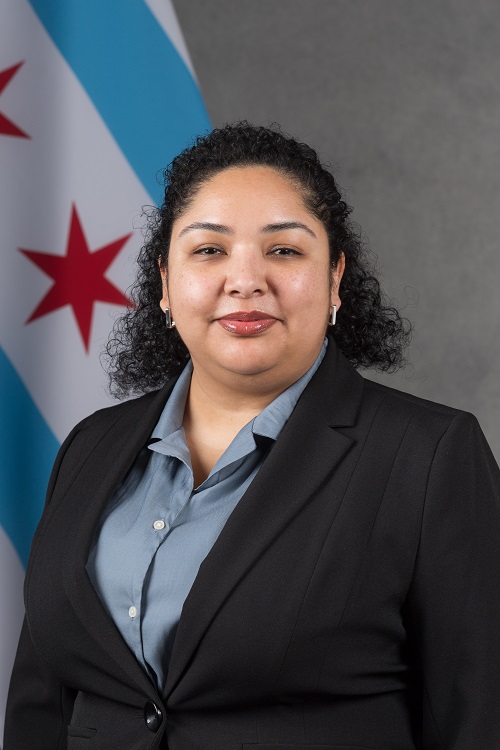Letter from the DOH Commissioner
Why the ARO?
Chicago is in the midst of an affordable housing crisis that has been building for a long time. There are roughly 100,000 fewer affordable homes than there are households in need. For many residents, the prospect of a safe and healthy home is but a dream. The lasting impacts of redlining, along with the ongoing consequences of systemic racism, have created generational inequities in our housing system. In Chicago, we’re taking concrete steps towards creating a city that is inclusive and equitable.
The mission of the Department of Housing is clear: to expand affordable housing access, choice, and quality. But what does that mean for those at different places in their lives? It means we work to support and empower you wherever you are at. We have policies and programs in place to help and protect homeowners, renters, and prospective homebuyers across our city. We understand that housing is not just about shelter; it's about stability, opportunity, and community. That's why we're committed to providing a range of resources and initiatives to meet the diverse needs of Chicagoans.
One tool we employ to create opportunities is the Affordable Requirements Ordinance (ARO). We know and recognize that across Chicago, too many neighborhoods have few, if any, affordable housing options, and the ARO is a tool to counteract this.
This inclusionary policy provides families with housing options in high-cost neighborhoods or remain in neighborhoods experiencing gentrification. With its 30-year affordability requirement, ARO ensures these opportunities for the future. Since 2007, the ARO has produced an estimated 2,000 units.
Thanks to the diligent work of a designated Task Force team, an updated ARO was passed in City Council in Spring 2021. The revised ARO improves upon its mission by expanding off-site options that target Chicagoans in the greatest need for rental housing, while also focusing on anti-displacement measures that allow long-time residents to remain in their communities and benefit from redevelopment. It also encourages the production of more family-sized units, while maintaining much-needed funding for current programs that support thousands of low-income renters.
This work represents Chicago and the Department of Housing’s ongoing commitment to enhancing the quality of our community and ensuring that affordable housing is within reach for everyone. Steps like these are what help us transform Chicago into the more equitable city we all want it to be. At DOH, we will work tirelessly until the dream of safe, affordable housing is a reality for all.
- Lissette Castañeda, Commissioner





